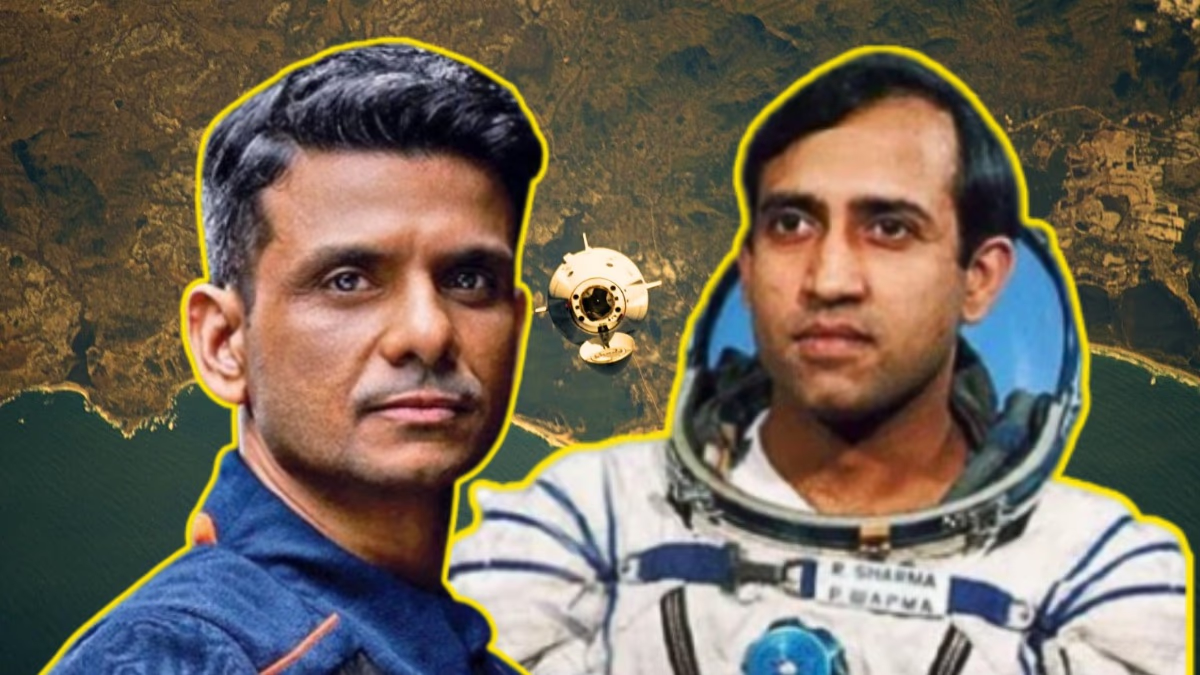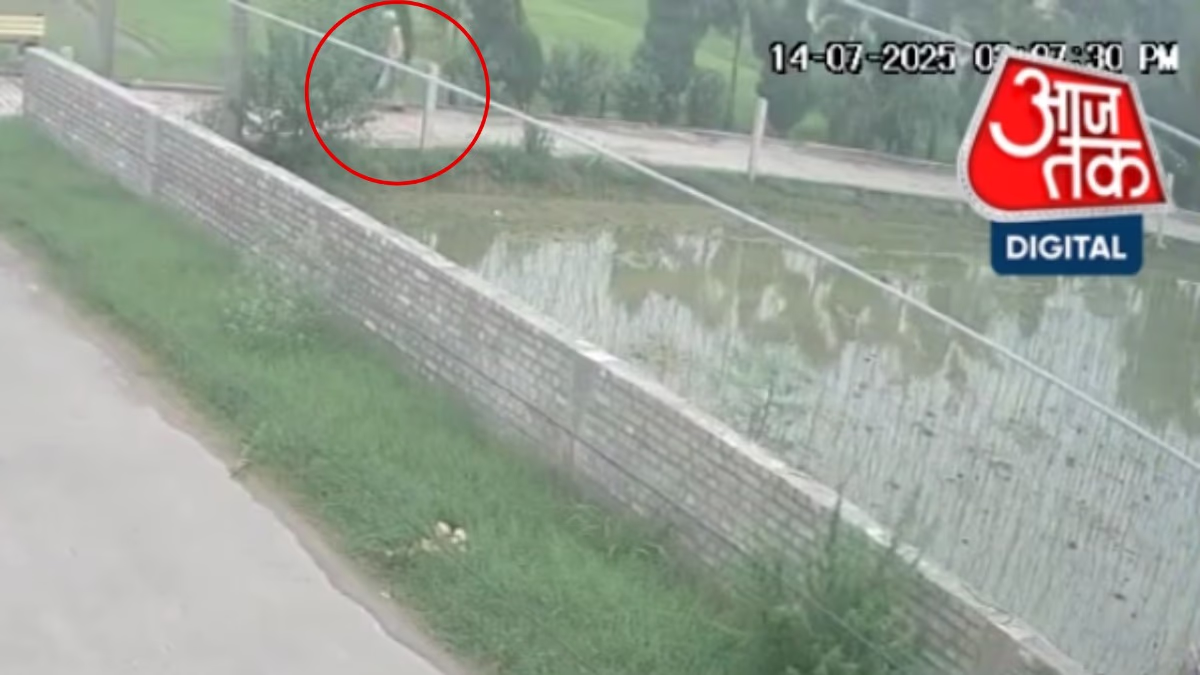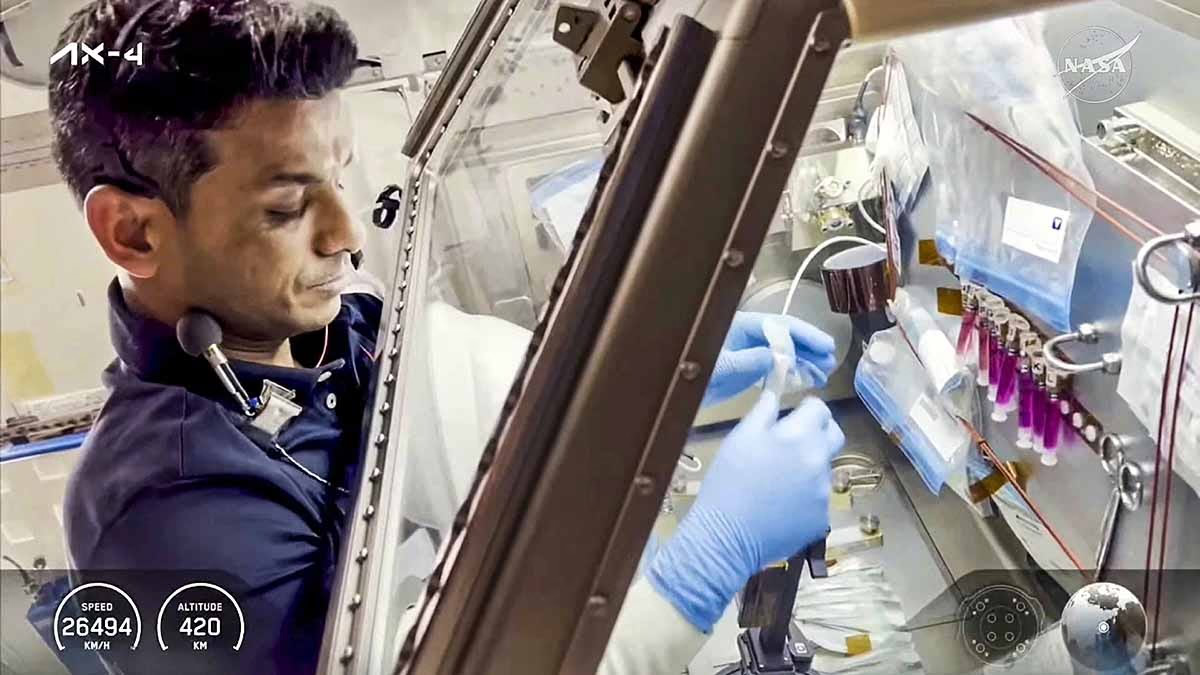Indian astronaut Group Captain Shubhanshu Shukla safely splashed down in the ocean near California using the SpaceX Dragon capsule. While Boeing's Starliner in 2024 is set to land on the ground at New Mexico's White Sands Space Harbor. Although splashing down at sea is generally considered easier and safer when returning from space, that's not entirely true.
In the United States, ocean landings are preferred, whereas Russian and Chinese missions land on ground. What's the reason behind this? Essentially, the spacecraft's design capabilities and recovery convenience determine the landing site in advance.
Nearly 41 years earlier, in April 1984, Wing Commander Rakesh Sharma, India's pioneer space traveler, aboard the Soyuz T-10 capsule landed safely in Kazakhstan after his assignment with the Soviet Salyut 7 space station.
Why is Ocean Landing Less Risky?
Dragon's ocean landing ensures debris is discarded from the spacecraft's trunk into the sea before re-entry. This reduces risks to people and property on land.
Nevertheless, ground landings like Starliner’s New Mexico touchdown are precise and relatively safe. Yet, they require controlled debris management zones, which can be unpredictable.
Ocean landings are safer as debris can fall into residential or commercial zones, causing damage. This risk was highlighted in April when parts from SpaceX Crew Dragon's trunk were discovered in remote areas like Australia and Canada.
Ground Landings Aren't Always Gentle...
During ground landings, parachute-equipped capsules decelerate before impact, but hits on land can be more forceful. This poses discomfort, especially for crews affected by microgravity. Ground landings, though viable, face challenges from landscape and weather.
In ground landings, spacecraft use parachutes to descend to earth, typically touching down in remote areas like Kazakhstan's plains. This avoids complexities and costs of ocean recovery. Thanks to Kazakhstan’s vast and flat terrains, the Russian Soyuz spacecraft has used this method for decades.
Chinese missions like Shenzhou also land in Inner Mongolia for similar reasons. This method was used during Indian astronaut Rakesh Sharma's descent, who safely landed in Kazakhstan’s marshy terrains near Arkalyk.
In 2024, Rakesh Sharma recounted his thrilling return from space. According to a PTI report, he said, "The return was more exciting because I feared I wouldn't make it; then the parachute opens with a loud noise for which we weren't prepared."
For Shubhanshu Shukla's mission, the choice of ocean landing offered safety, comfort, and operational advantages, easing the journey back from space.




